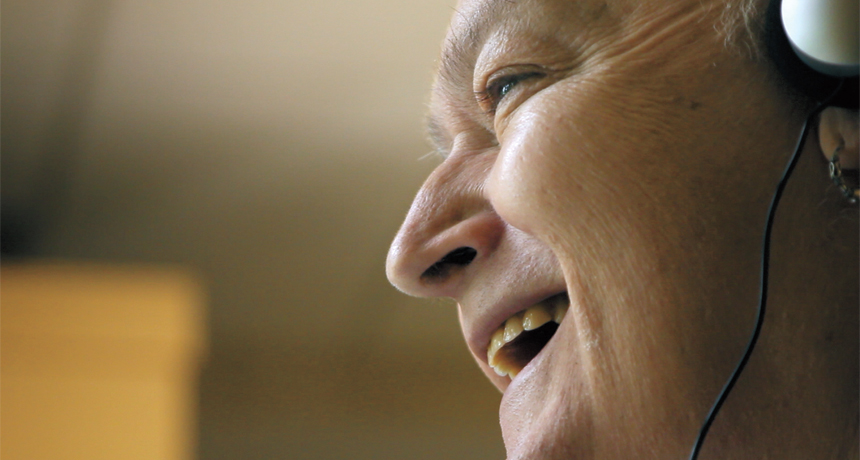Music soothes the aging brain in film ‘Alive Inside’
A social worker goes on a quest to bring tunes to nursing homes

OPENING UP A carefully chosen tune can awaken the minds and hearts of elderly people who have withdrawn into themselves.
BOND 360
A social worker goes on a quest to bring tunes to nursing homes

OPENING UP A carefully chosen tune can awaken the minds and hearts of elderly people who have withdrawn into themselves.
BOND 360